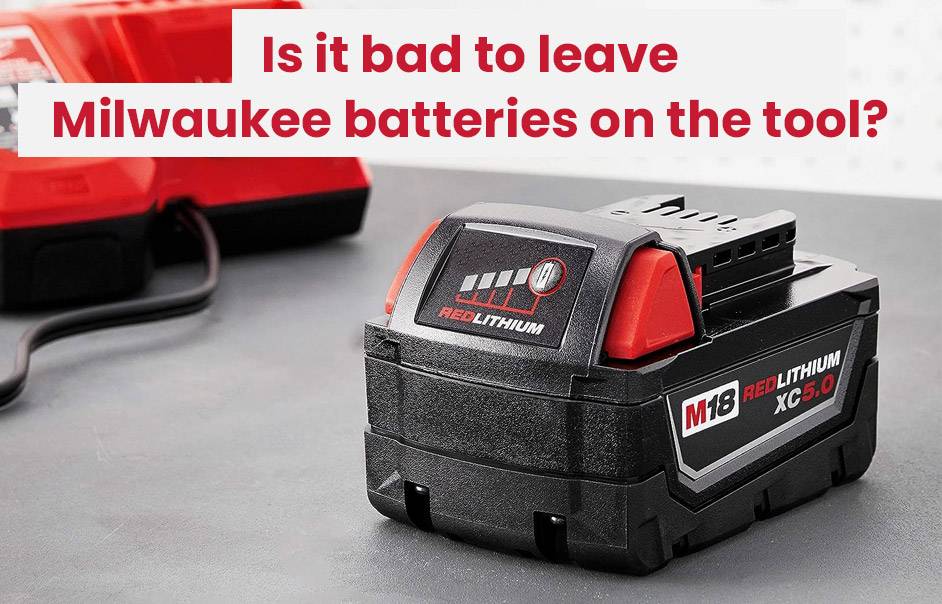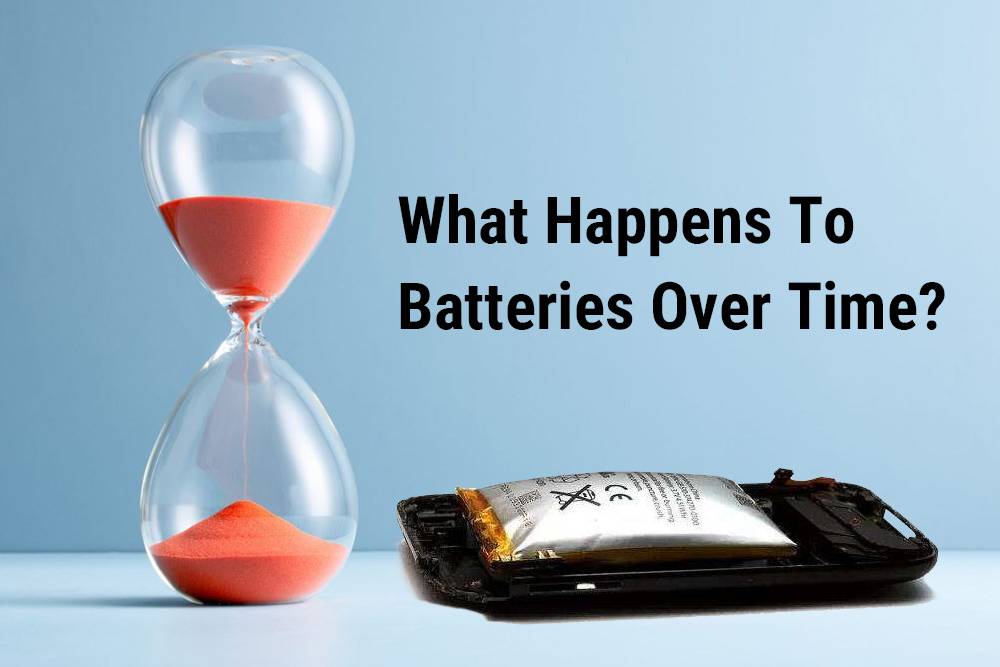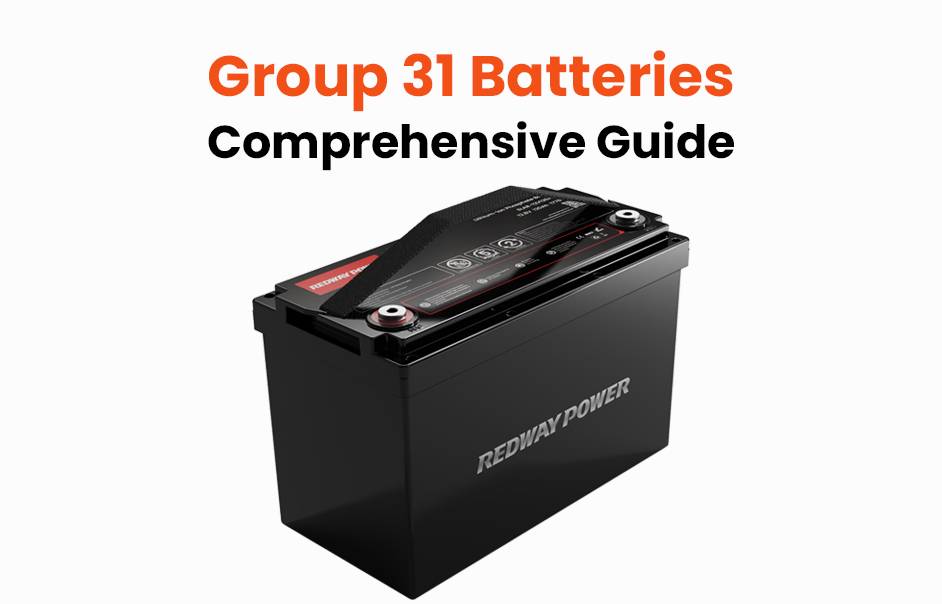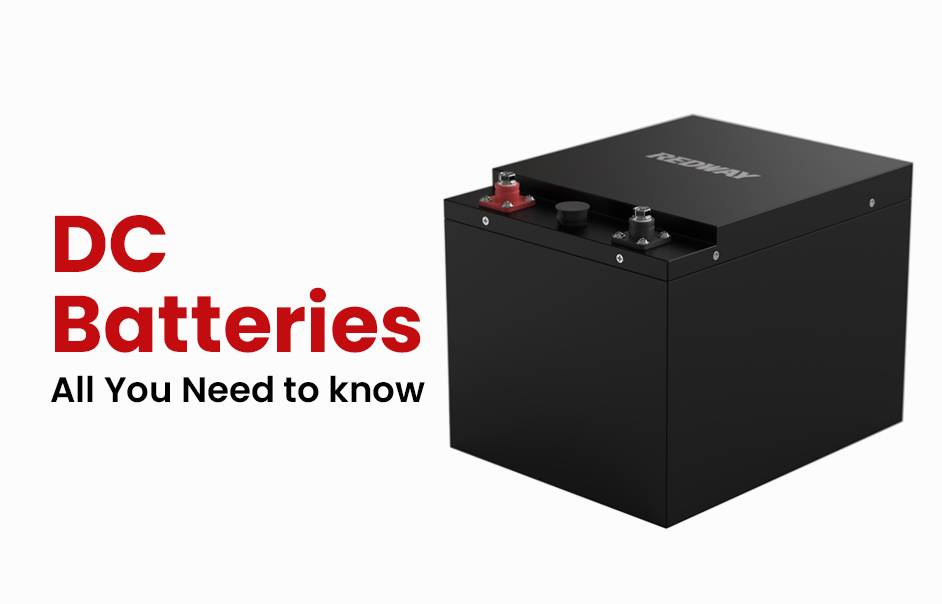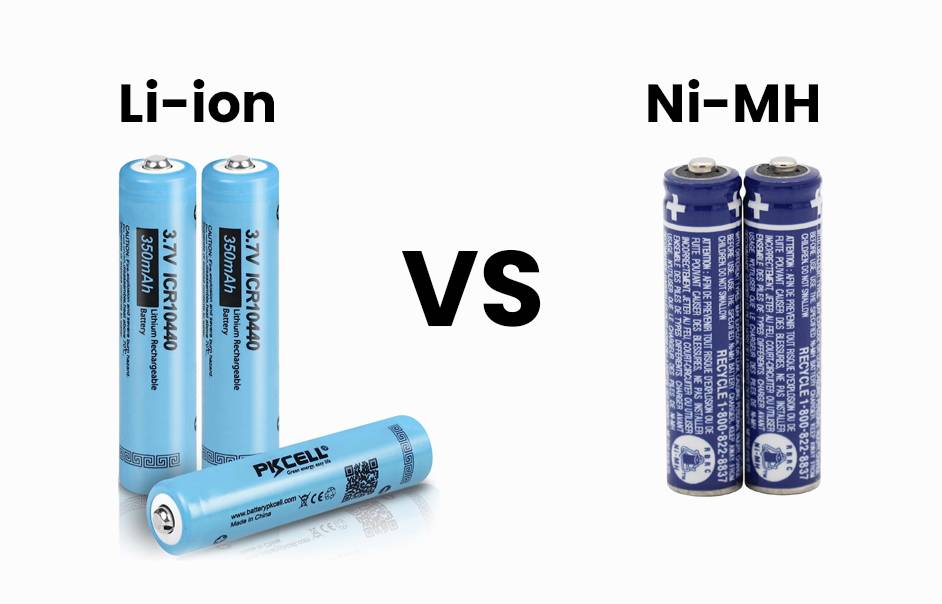In this blog post, we explore the world of Milwaukee batteries, addressing the common question of whether it’s bad to leave them on the tool. Aimed at both seasoned pros and DIY enthusiasts, the post delves into proper care and maintenance of power tool batteries. Covering benefits, potential risks, storage techniques, and dispelling misconceptions, it provides valuable insights for optimal battery management. So, grab a cup of coffee and join us on this exploration!
Benefits and Features of Milwaukee Batteries
Milwaukee batteries stand out for their exceptional performance and durability, making them a preferred choice for professionals and DIY enthusiasts. Here’s why:
- Extended Runtime: Milwaukee batteries boast advanced technology and high capacity, delivering prolonged tool operation without frequent recharging. This ensures continuous workflow and enhanced productivity.
- Quick Charging: Featuring rapid chargers, Milwaukee batteries minimize downtime by swiftly replenishing power. This quick turnaround gets you back to work promptly, saving valuable time on the job.
- Robust Design: Built to endure harsh work conditions, Milwaukee batteries incorporate protective mechanisms like overload and temperature management. These features prevent damage caused by excessive heat or overuse, ensuring longevity.
- Versatile Options: Milwaukee offers a diverse range of battery options tailored to various tool models and applications. Whether it’s a compact 12-volt battery for light-duty tasks or an 18-volt powerhouse for heavy-duty projects, there’s a Milwaukee battery for every need.
- Intelligent Design: Equipped with fuel gauges, Milwaukee batteries provide accurate remaining charge information. This intelligent feature enables users to plan work effectively, avoiding unexpected interruptions during critical tasks.
Investing in Milwaukee batteries guarantees unmatched performance, reliability, and versatility, enhancing your overall tool experience, whether you’re a professional contractor or a dedicated DIYer.
The Potential Dangers of Leaving Batteries on Tools
Leaving batteries on tools for long periods may seem convenient but poses potential dangers. Here’s why:
- Battery Discharge Risk: Unused batteries lose charge over time, rendering them ineffective when needed. Regular removal prevents this issue.
- Environmental Exposure: Exposure to heat, cold, moisture, and dust impacts battery performance and lifespan. High temperatures accelerate self-discharge and can cause irreversible cell damage.
- Corrosion Hazards: Moisture and condensation can lead to corrosion on battery terminals, affecting connections and reducing power efficiency.
Additionally, storing tools with attached batteries poses safety concerns, risking accidental activation or misuse. To mitigate these risks, always remove Milwaukee batteries during extended storage and store them separately in a cool, dry place.
By adopting proper storage practices, you’ll ensure optimal Milwaukee battery performance, prolong their lifespan, and reduce associated risks effectively.
Proper Storage and Maintenance of Milwaukee Batteries
Proper storage and maintenance are key to extending the life of your Milwaukee batteries. Follow these straightforward tips:
- Ideal Storage Conditions: Store batteries in a cool, dry place away from extreme temperatures to maintain optimal performance.
- Moisture-Free Environment: Protect batteries from moisture, ensuring they are stored in a dry location to prevent internal damage.
- Original Packaging or Cases: Use original packaging or dedicated battery cases to prevent accidental damage and maintain organization.
- Regular Inspection: Before use or storage, check for physical damage like cracks or leaks. Replace damaged batteries promptly.
- Correct Charging Practices: Follow manufacturer instructions for proper charging to avoid overcharging or undercharging, preserving battery performance.
- Keep Terminals Clean: Wipe battery terminals regularly with a soft cloth to ensure good conductivity and prevent corrosion.
By incorporating these simple practices into your routine, you’ll enhance the lifespan of your Milwaukee batteries and ensure reliable power when needed!
How Long Can You Leave Batteries on Tools?
Wondering how long you can leave Milwaukee tool batteries on tools? Here’s a brief guide:
- Lithium-ion Batteries: For Milwaukee lithium-ion batteries, it’s generally recommended to remove them from tools during extended periods of non-use to prevent over-discharge. Regular usage and frequent charging pose no significant issues.
- NiCad or NiMH Batteries: Older nickel-cadmium (NiCad) or nickel-metal hydride (NiMH) batteries may suffer from self-discharge and memory effect, losing charge faster when left unused. Proper storage is crucial for these types.
- Proper Storage Practices: Store batteries in a cool, dry place away from extreme temperatures. Regularly inspect for wear or damage, and replace any problematic batteries promptly.
Understanding your battery type and following recommended storage practices will maximize the lifespan of your Milwaukee batteries. Keep your tools running smoothly with these simple care tips!
Common Misconceptions about Leaving Batteries on Tools
Let’s clear up some misconceptions about leaving batteries on tools:
- Lifespan Reduction: Leaving Milwaukee batteries on tools doesn’t significantly reduce their lifespan if stored properly. Modern lithium-ion batteries can hold a charge for longer periods, maintaining performance with correct storage in a cool, dry place.
- Full Drain Prolongs Life: Unlike older battery types, lithium-ion batteries don’t benefit from full discharge. Recharge them around 20-30% capacity for optimal longevity.
- Constant Full Charge is Best: Keeping your battery fully charged at all times can be harmful. Lithium-ion batteries prefer storage between 40-60% capacity for extended periods.
- Remove After Each Use: While not necessary, removing the battery when storing separately can be beneficial. Leaving it attached in its designated case or toolbox is fine, preventing damage and ensuring accessibility.
Dispelling these myths ensures you get the most out of your Milwaukee batteries, maximizing both lifespan and performance!

